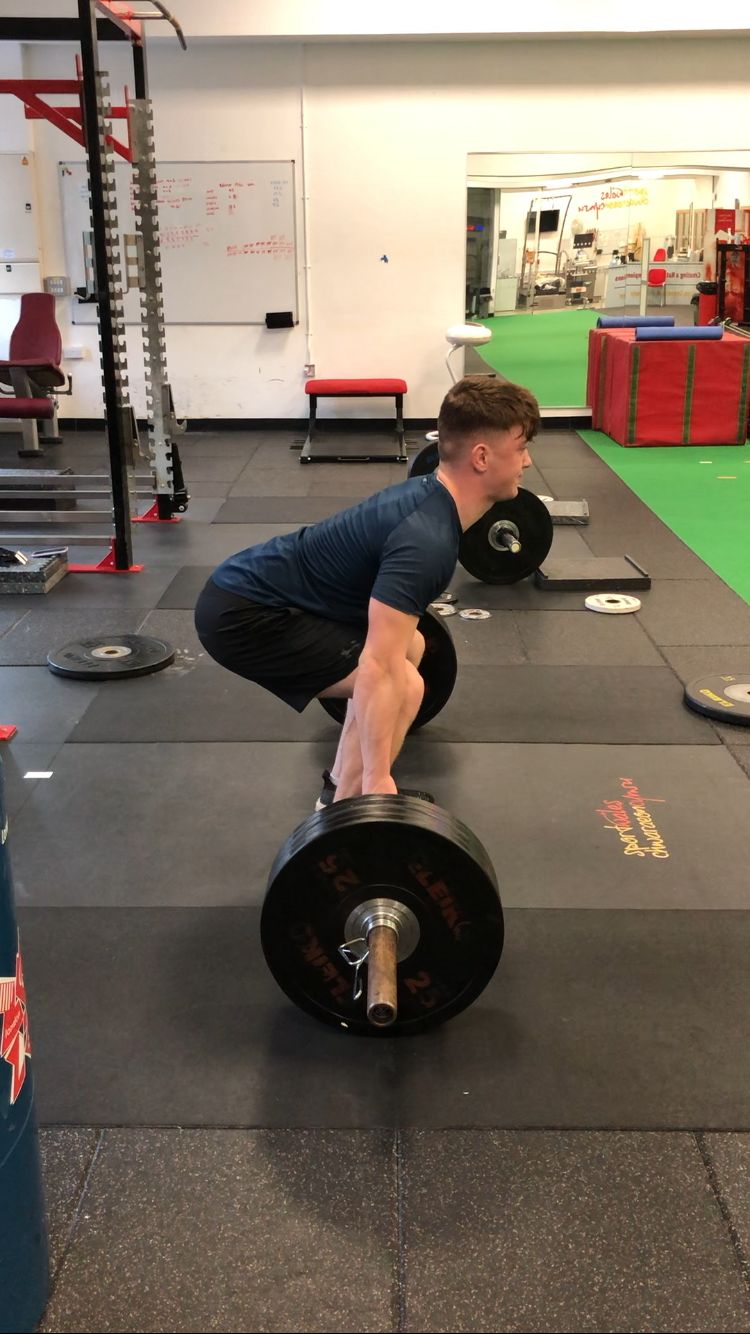Judo Physical Preparation Fundamentals

The Insight
Judo athletes perform a great number of actions each match creating a high physical demand, including throwing, choking, pinning and arm lock techniques to submit an opponent (Inamura et al., 2006; Franchini et al., 2011). Inamura et al. (2006) analysed one of these actions by studying the kinematics of the 3 sections of a seoi- nage throw, reporting the duration of each section as the following; Kuzushi (breaking an opponent’s balance) 0.3s, Tsukuri (fitting into the throw) 0.17s and Kake (acceleration of the throw) 0.6s. This study demonstrates that a successful throw of an opponent requires the production of force in a short period of time, which is a quality underpinned by the maximal strength of a muscle (Anderson and Aagard, 2005). Strength and conditioning in the form of heavy resistance training is a widely accepted method to enhance strength and the analysis of this one component of a match alone illustrates how physical preparation is integral to a Judoka (Folland and Williams, 2007).
The Challenge
In December 2020, the 2022 Commonwealth Games Welsh Judo squad were completing heavy resistance training in the national Dojo, coached by their head coach Mark Earle. Mark was concerned by the level of risk of injury to the squad members due to lack of equipment, poor execution of technique and the athlete’s lack of knowledge of effective strength and conditioning training. These factors were contributing to an increased risk of injury and were limiting the athlete’s physical preparation due to poor technique limiting the amount of load lifted, considering correct technique supports the safe and effective increase in magnitude of training load crucial to increasing maximal strength (Tillin and Folland, 2014).
The Impact
To allow a safe and effective increase in the magnitude of heavy resistance training load the aim was to educate and coach the athletes through the 4 following areas; 1) how to perform compound and Olympic lift technique correctly, 2) how to safely ‘spot’ or support a training partner, 3) how to execute a session depending on the purpose of a session, 4) creation of an environment conducive to safe and effective strength and conditioning training. As of January 2022, compound and Olympic lifting technique has consistently improved across the group, allowing an increase in load lifted and reduction in pain and injury risk when lifting. Athletes can spot their peers, providing a lift off and a spot when required. The squad can understand and execute different sessions successfully, albeit perhaps inconsistently indicated by a plateau in physical benchmarks between March 2021 and October 2021. And lastly, the environment allows for coach and athlete communication every session, although distractions did appear between August 2021 and November 2021.
What did we learn?
Our main learning was that a deliberate and focussed intention to teach the fundamentals of strength and conditioning training to a junior athlete is important to support a desirable performance trajectory, avoiding a plateau caused by a lack of knowledge or competence in how to improve physical preparation. A junior athlete who can understand and execute a physical preparation program as intended can invest time in improving physical benchmarks that will support performance trajectories from junior through to senior performance pathways. This individual will be able to continue to focus on bridging the gap in training demands, focus on technical/tactical development and be able to transfer and apply knowledge within whichever trajectory they choose to pursue in sport.